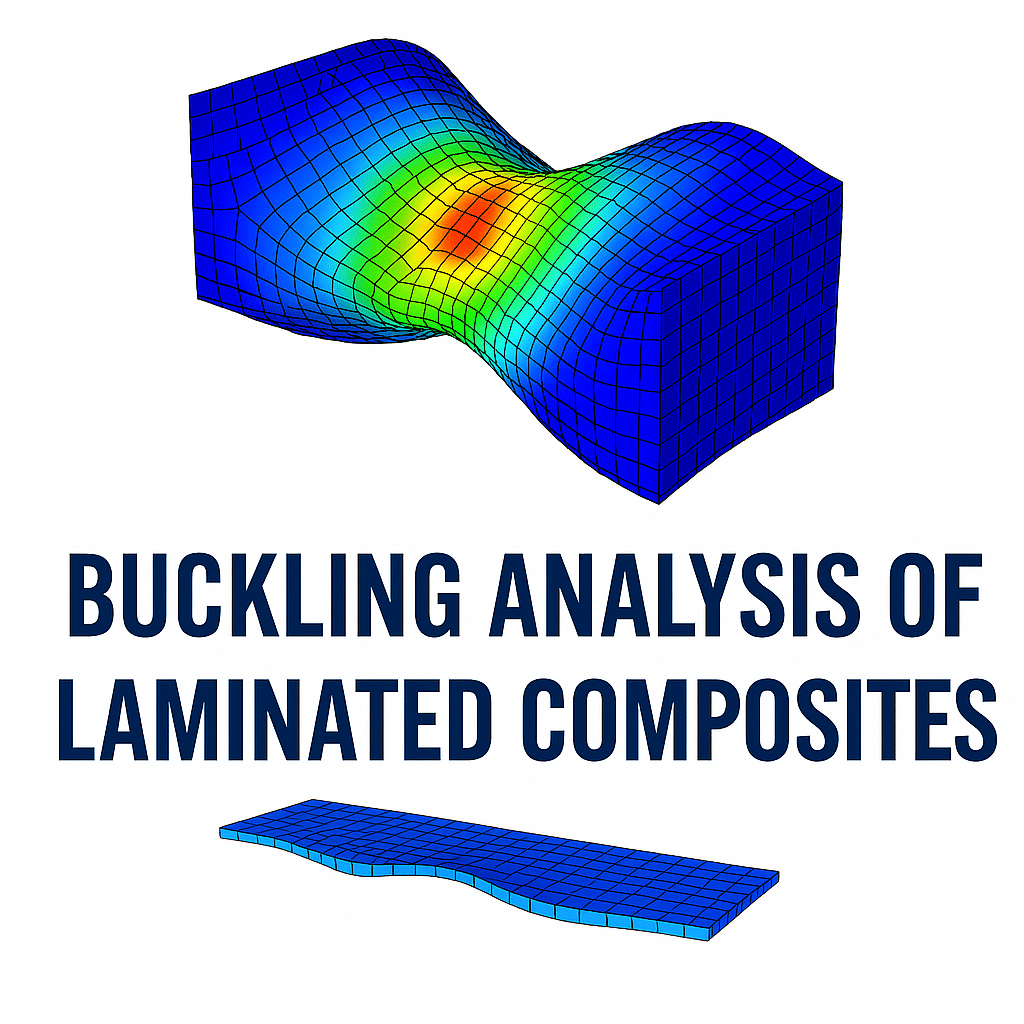
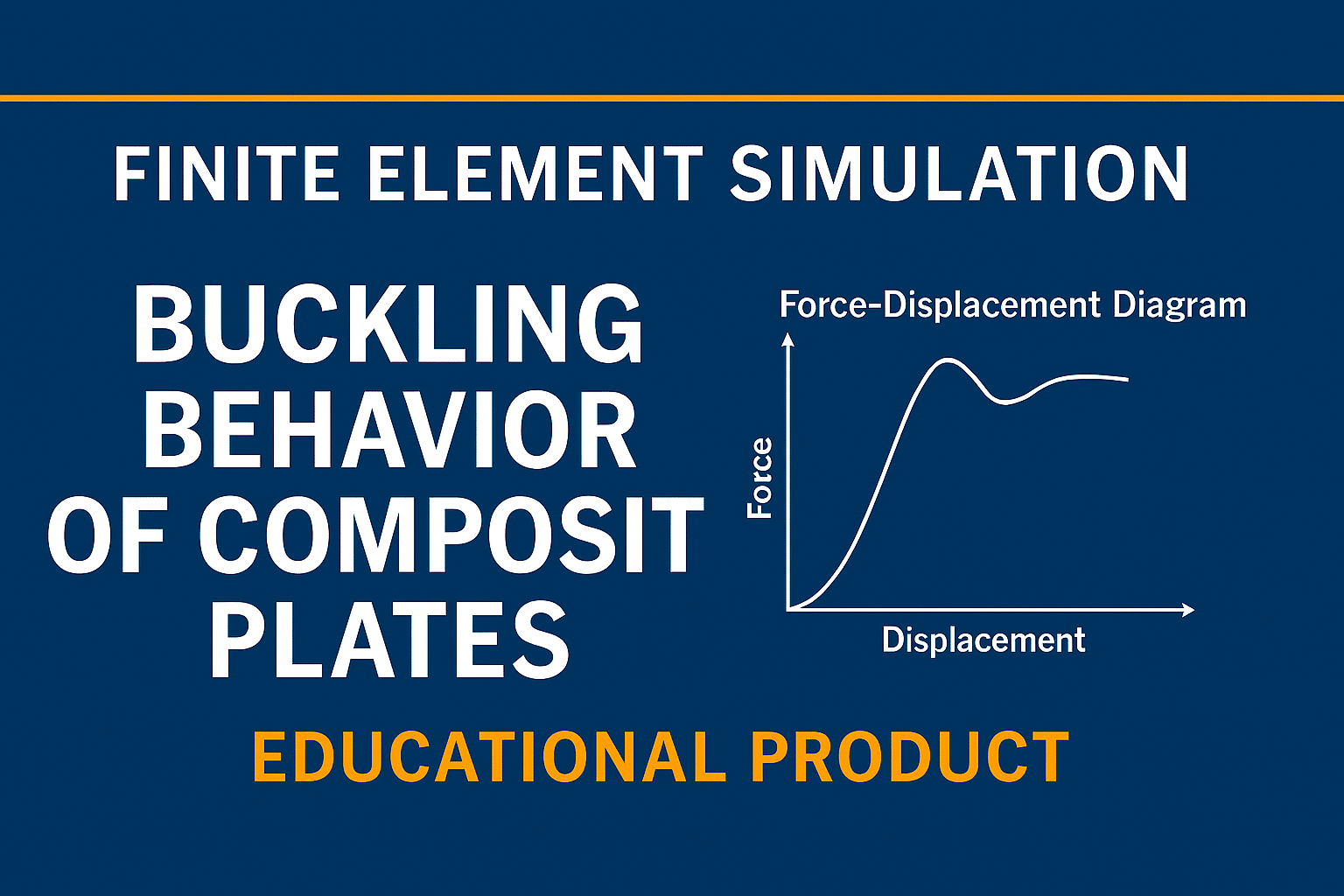

Unlock the full potential of finite element simulation with this advanced educational package focused on the buckling behavior of laminated composite plates. Designed for engineers, researchers, and graduate students, this resource offers a step-by-step guide to both linear and nonlinear buckling analysis using Abaqus, complete with validation against published experimental data.
Through detailed modeling strategies, keyword customization, and force–displacement curve extraction, you will learn how to simulate and interpret critical buckling phenomena with high precision. The package includes comparisons with reference studies, demonstrating a maximum error of just 1.15% in linear analysis and 8.13% in nonlinear validation—proof of the model’s reliability and accuracy.
Whether you’re designing aerospace components, structural panels, or advanced composite systems, this product equips you with the analytical tools and confidence to model, validate, and optimize with scientific rigor.
M. Heidari-Rarani, S.S. Khalkhali-Sharifi, M.M. Shokrieh, “Effect of ply stacking sequence on buckling behavior of E-glass/epoxy laminated composites”, Computational Materials Science 89, pp. 89-96, 2014, doi.org/10.1016/j.commatsci.2014.03.017.
The aim of this study is to find a comprehensive viewpoint about the results of analytical and finite element methods usually used for prediction of buckling behavior, including critical buckling load and modes of failure, of thin laminated composites with different stacking sequences. To this end, a semi-analytical Rayleigh–Ritz approach is first developed to calculate the critical buckling loads of square composite laminates with SFSF (S: simply-support, F: free) boundary conditions. Then, these laminates are simulated under axially compression loading using the commercial finite element software, ABAQUS. Critical buckling loads and failure modes are predicted by both eigenvalue linear and nonlinear analysis in conjunction with three well-known failure criteria, i.e., Hashin, Tsai-Wu and Tsai Hill criteria. To validate the analytical and numerical results, layups of [0/90]s, [±30]s and [±45]s are tested under uniaxial buckling load. Since there is no standard for buckling test of composite plates with simply-supported boundary conditions, a new test setup is designed. Results showed that nonlinear finite element analysis predicts the critical bucking loads of multidirectional laminates with a good accuracy in comparison to experiments. In addition, non-linear finite element analysis associated with the Tsai Wu and Tsai-Hill failure criteria are more efficient in prediction of buckling modes of failure in comparison to the Hashin criterion.

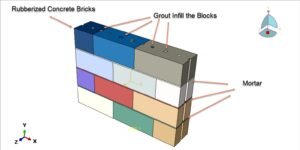
Abaqus
€79,00 €38,00
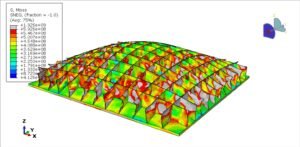
Abaqus
€68,00 €34,00
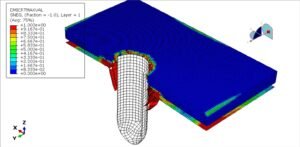
Abaqus
€77,00 €39,00
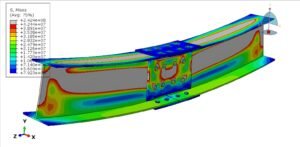
Abaqus
€79,00 €39,00
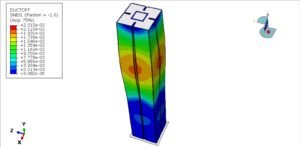
Abaqus
€75,00 €37,00
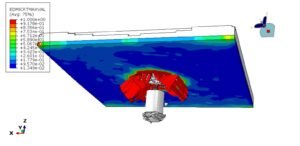
Abaqus
€76,00 €38,00
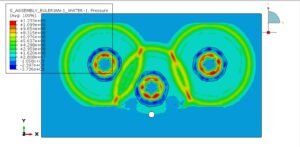
Abaqus
€79,00 €38,00
See more

Want to receive push notifications for all major on-site activities?